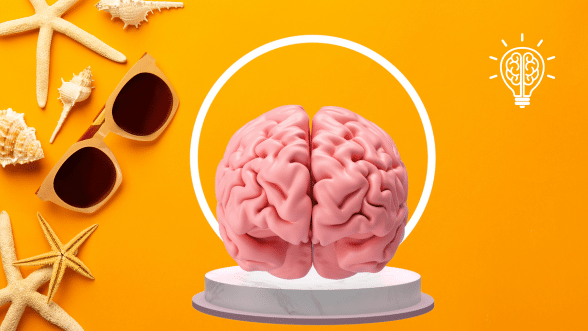What is Brain Plasticity?
- Brain plasticity, also known as neuroplasticity, is the brain’s ability to change, adapt, and rewire itself in response to experiences, learning, and injury.
- It allows for the growth of new neural connections and the reorganization of existing pathways.
- It plays a key role in cognitive development, learning, memory, and recovery from brain injury.
Why is Brain Plasticity Important?
- Learning and Memory: Enables individuals to learn new skills, languages, and concepts.
- Recovery from Brain Injury: Supports rehabilitation from brain injuries, strokes, and neurological diseases.
- Adapting to New Experiences: Helps individuals adapt to new environments, routines, and habits.
- Mental Health and Emotional Well-being: Affects emotional regulation, stress management, and resilience.
- Skill Development: Helps employees master new technical or interpersonal skills, especially in fields requiring continuous learning.
Key Components of Brain Plasticity
- Synaptic Plasticity: The strengthening or weakening of connections between neurons.
- Structural Plasticity: Physical changes in brain structure in response to experience.
- Functional Plasticity: The brain’s ability to shift functions from one area to another in response to injury.
- Experience-Dependent Plasticity: Changes that occur as a result of learning and experience.
Examples in Action
- Language Learning: Adults learning a second language rewire parts of their brain to process new words and grammar.
- Skill Acquisition: Musicians develop new neural pathways as they master new instruments.
- Recovery from Stroke: Stroke patients undergoing physical therapy experience rewiring of neural pathways to regain motor skills.
- Mindfulness and Meditation: Regular meditation leads to changes in brain regions associated with focus and emotional regulation.
For more examples, see this article on neuroplasticity from Psychology Today.




